Posted by Tech.us Category: software product development saas
We are a team of technology experts who are passionate about what we do. We LOVE our customers. We LOVE technology. We LOVE helping you grow your business with technology.
Artificial Intelligence Services
Machine Learning Solutions
Generative Al Companies
Robotic Process Automation
Natural Language Processing
Chatbot Development Services
Enterprise AI Solutions
Data Annotation Services
MLOps Solutions
IoT Solutions
Data Mining Solutions
Computer Vision Services
Custom LLM
AI Agents
Agentic AI Development
Custom Software Development
Enterprise Software Solutions
Software Development Services
Website Development Services
Software Product Development Services
SaaS Development Services
Mobile App Development Services
Custom Mobile App Development
IOS App Development
Android App Development
Enterprise Mobile App Development
Hybrid App Development
Software Development Outsourcing
Dedicated Development Team
Staff Augmentation Services
IT Outsourcing Services
Data Analytics Services
Data Analytics Consulting Services
Business Intelligence Solutions
Software Modernization
Application Modernization Services
Legacy System Modernization
IT Security Solutions
Cyber Security Solutions
Cyber Security Managed Services
HIPAA Compliance Cyber Security
Cloud Application Development
Custom Web Application Development
Cloud Consulting Services
AWS Cloud Consulting Services
Enterprise Cloud Computing
Azure Cloud Migration Services
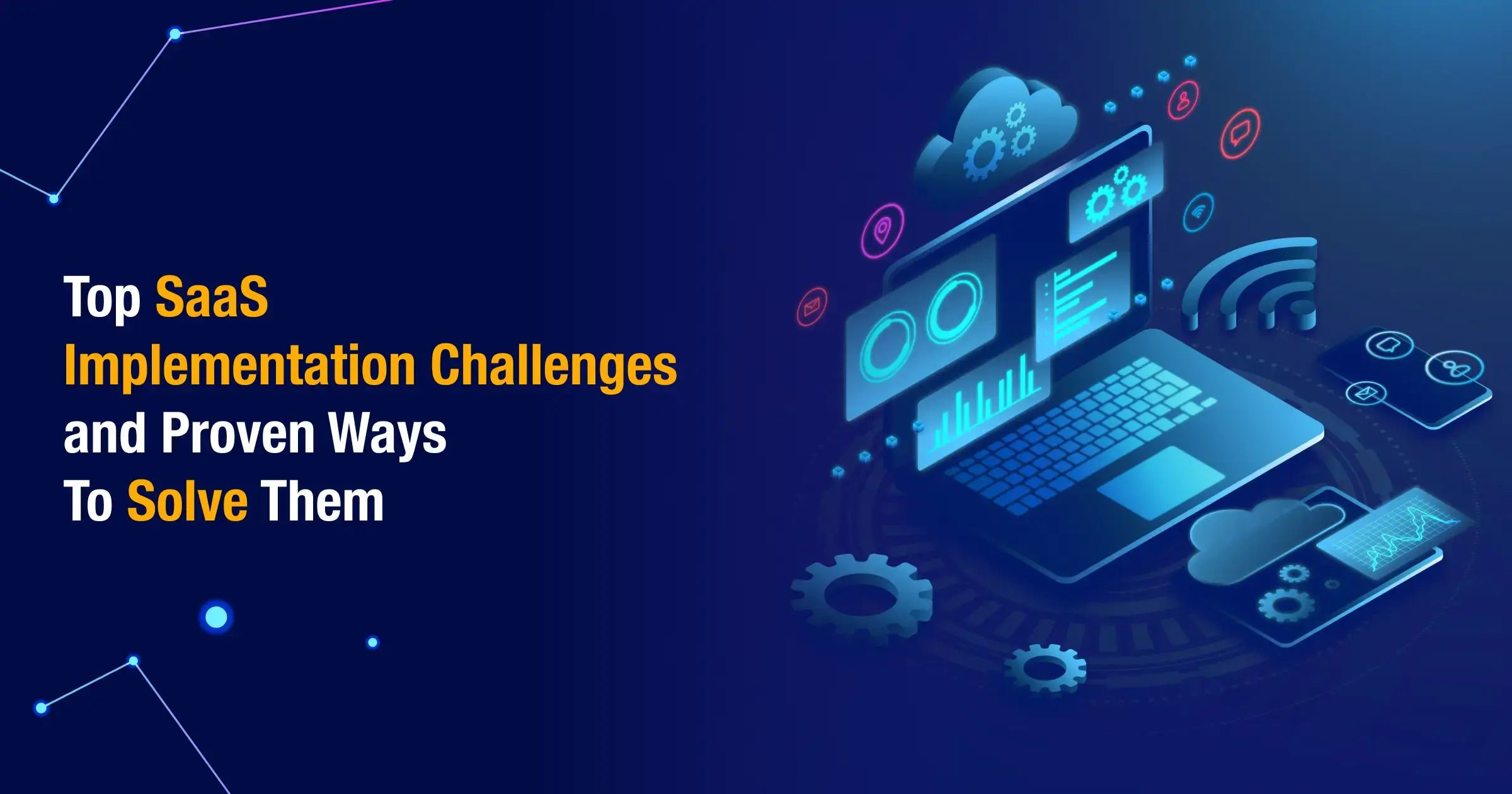
POPULAR POSTS
01
How To Improve Document Processing Accuracy Using Document AI
02
The Guide to Chatbot Development & What to Seek while Hiring a Company
03
Understanding Natural Language Processing: The What? The How? and The Why?
04
11 Proven Benefits of AI Chatbots for Businesses in 2025
05
A Complete Guide to SaaS Product Development
Posted by Tech.us Category: software product development saas

Imagine a company that brings in a new SaaS tool with a dream of making work easier and speeding things up. Everyone is excited in the beginning about its adoption, and teams start exploring its features, while managers expect quick results and things look promising.
Let’s fast forward a few months. Now, gradually the excitement fades as the results that the company witnessing currently are not the ones they hoped for. To make it worse, some teams even go back quietly to old systems.
If we examine here closely, we could see that the software isn’t the issue. The problem is how it was set up as there was no clear plan right from the beginning with no one fully owned the rollout and no one guided the team through the change.
This situation is not unique and happens more often than you think. Many businesses invest in great software but they often fail to see its full value mainly because the implementation goes wrong.
Success with SaaS is not just about choosing the right SaaS development model that fits you but also about getting the setup and execution right from the start.
Every company today is racing to adopt software that results in a blink of an eye, which might sound like too much of a desire. But SaaS has made this possible. It gives businesses the freedom to move beyond bulky on-premise systems and shift to flexible, cloud-powered platforms that are capable of performing efficiently. SaaS has become the foundation for modern business growth all from managing customer data to running financial operations.
But there’s a catch. Many businesses, even the ones who prefer custom software development, invest in SaaS with great expectations but they often struggle to make it work and see any success they can measure out of it.
A new platform gets introduced, but eventually all go in vain and things just roll back to what they were prior to SaaS introduction. What started as a move to boost efficiency often ends up creating confusion and unplanned costs but the problem rarely lies in the software itself. It lies in how it is implemented.
SaaS implementation is not just adopting new software but it’s about modernizing software systems with superior technology. It demands clear planning, structured data handling, continuous team involvement, and other organized efforts collectively.
Many companies underestimate this phase and rush to go live, because they assume everything will fall into place. But successful SaaS implementation takes time and alignment across teams and goals. There come several challenges that may keep businesses in a vicious cycle. But like the old saying, there is a solution for every problem.
That is what we will precisely cover in this blog here. We’ll talk about the most common SaaS implementation challenges that businesses face today. We’ll also look at proven ways to solve them, so companies can move beyond the hurdles and make SaaS a true driver of growth.
SaaS implementation is complex because businesses often skip following what’s necessary for a successful SaaS implementation. It requires careful planning, coordination across departments, and a clear, solid strategy that aligns business goals with technology.
At first glance, SaaS implementation sounds simple. What could possibly go wrong when all you have to do is just subscribe, log in, and start using a SaaS tool or product? But reality is interestingly different and the real work begins after that.
Adopting SaaS is more than just a technical task; instead, it’s a complete shift in how people, systems, and data all work together. Without a clear structure and communication, things start to fall apart fast and teams struggle to use the platform effectively, which drifts away the goals from what were actually planned.
So, why does SaaS implementation feel more complicated than it should? Let’s break it down into three common reasons that hold businesses back.
Most SaaS projects start with enthusiasm and a detailed vision and leaders want faster processes with improved data visibility and better collaboration. But once the rollout starts, they rarely execute the actual plan. Improvisations are good but total deviation from the actual plan? Well, that’s something to be avoided at any cost.
Here’s what often goes wrong:
Right. So who owns each part of this process? It’s crucial to have clear ownership as it ensures that planning doesn’t stay on paper but rather turns into real, measurable progress.
When planning meets action, SaaS becomes much easier to manage. A strong execution plan keeps everyone focused and accountable from start to finish.
SaaS implementation actually fuses two worlds, which are technology and business. IT teams take care of setup, integration, and security, while business teams eyes on outcomes, speed, usability, and other growth indicators of businesses. When these two sides don’t move in sync, that gives way to problems.
For example, IT might roll out a feature that the sales team doesn’t really need, or the business team might push for quick adoption before the system is properly configured. In both cases, the end result is frustration.
Ask yourself:
When IT and business teams align on goals and expectations, the implementation process becomes smoother. Every configuration and customization then serves a clear business purpose, which is how companies turn software into a true performance tool.
One of the biggest reasons why SaaS projects fail is that many tend to underestimate how much change they could bring. A new system typically affects even daily routines and how teams communicate. When this impact is ignored, adoption slows down, and productivity drops.
The hidden costs of poor change management often appear as:
A small delay during implementation can snowball into weeks of lost productivity. Businesses that succeed with SaaS treat implementation as an ongoing process as they keep communicating and supporting as teams get used to the new system.
How are we helping our teams adapt to this change? The answer often determines how quickly a SaaS system delivers real value.
SaaS implementation becomes less complex for businesses that slow down and plan it right from the beginning. It’s all about clear ownership, aligned goals, and a focus on people that make all the difference.
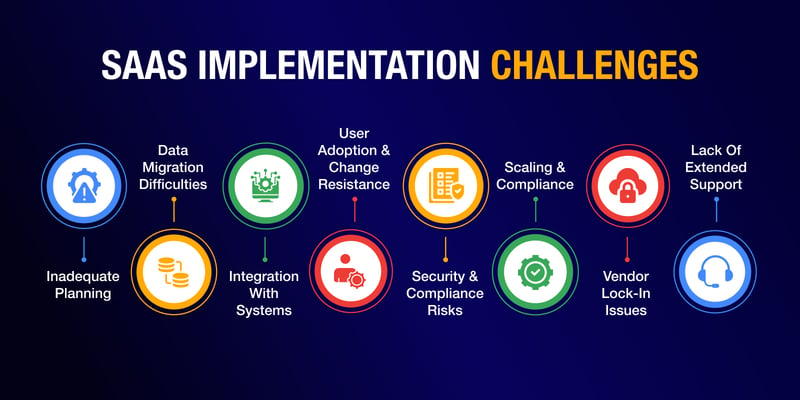
Implementing a SaaS platform can significantly transform the way a business operates, but if you look at it, the process is rarely simple. Many organizations start perfect but lose direction midway, while others underestimate the time and effort needed to align goals, manage data, or train users. This could often result in missed deadlines and underused software.
You need to understand these challenges early as it helps you avoid them when it’s your turn. Let’s break down the most common hurdles and how you can solve them effectively.
When a SaaS project begins without a clear plan, it often leads to confusion. Teams may jump into action without knowing who does what, what success means, how progress will be measured, and many other aspects, which leads to wasted time and uneven results. It’s fundamental to have good planning as it’s all about defining goals and connecting them to business outcomes before implementation begins.
How to fix it:
A structured plan turns SaaS adoption from guesswork into a guided process. It also builds confidence across teams by giving everyone a shared direction.
Moving data from legacy systems to a new SaaS platform is rarely smooth as files may not match formats and data accuracy can suffer. When this happens, operations slow down and decision-making becomes harder, and the best way to avoid these problems is to prepare the data before migration starts.
How to fix it:
Data migration takes time, but the effort pays off. Clean and organized data helps teams start strong once the system goes live.
Most businesses already use multiple tools like CRMs, accounting software, or analytics dashboards. With this, integration becomes essential because if the new SaaS platform doesn’t connect smoothly with them, employees end up switching between systems. This breaks workflow continuity and increases the risk of data silos.
How to fix it:
Smooth integrations save hours of repetitive work and ensure that teams work with unified, up-to-date data across departments.
Even the best software fails if people don’t use it effectively. People may find the new tool complex or unnecessary, especially if they’re used to old systems. When adoption is low, productivity drops and ROI shrinks. The key is to make users feel comfortable and confident from the start.
How to fix it:
When users see the system helping them in daily tasks, adoption becomes easier and faster.
SaaS tools handle sensitive data, and poor security can lead to serious damage. Many companies assume that security is fully handled by the vendor. In reality, businesses share responsibility for protecting data and following compliance rules.
How to fix it:
Strong security measures protect both the business and customer trust, ensuring safe and compliant SaaS usage.
SaaS tools that work well for a small team may slow down as users grow. Poor scalability can cause system delays, slow loading times, and higher operational costs. Planning for growth from day one helps prevent these issues.
How to fix it:
A scalable SaaS system grows smoothly with your business, keeping performance consistent even during high demand.
Getting tied to a single SaaS provider can limit control and flexibility. Migrating away becomes difficult when data export options are limited or features are tied to proprietary systems. Businesses should plan ahead to stay independent.
How to fix it:
Staying flexible helps businesses adjust as needs evolve and technology advances.
Many businesses think the job is done once the system goes live. But without ongoing support, optimization, and updates, performance can quickly drop. Continuous improvement ensures long-term success.
How to fix it:
Post-implementation support keeps the system stable, secure, and aligned with changing business needs.
Overcoming these challenges takes planning, teamwork, and continuous attention. When done right, SaaS implementation becomes more than a tech project; it becomes a growth enabler that keeps your business agile and ready for the future.

It is important to measure success and go hand in hand with implementation. A SaaS system can be live after being fully configured and running smoothly, but if it does not meet the business goals, the effort does not deliver real value. So, if you track results, it helps businesses see if the investment pays off and identify areas that need attention.
How do you know if your SaaS implementation is truly effective? You need to look at more than just whether the system is running. There are some key indicators that show how well teams are utilising it, how quickly they are getting up to speed, the impact on overall business performance.
However, measuring ROI is hardly a one-time activity. You need to do regular checks which give you insights to make improvements and avoid small issues becoming bigger problems. It keeps the system aligned with evolving business needs and ensures that the technology delivers ongoing value.
Some practical KPIs can help you evaluate implementation success which include adoption rates, system usage, speed of completing tasks, ROI, and user satisfaction. They show how well the system integrates into daily operations and how effectively it supports decision-making.
Here are the key steps to measure SaaS implementation success effectively:
The Rule of 40 in SaaS is nothing but a simple guideline to see how effective the SaaS adoption is. It typically adds a company’s growth rate and profit margin. If the total is 40 or higher, the business is considered healthy, which helps teams balance growth with profitability and shows if the SaaS investment is delivering strong results.
SaaS implementation can seem challenging, but more than you think, these challenges are opportunities to learn and improve. Careful planning is the key to any successful SaaS implementation; the next to which comes ongoing support and a focus on how teams work with the system. With all these, businesses can make their SaaS platforms truly effective and effectively leverage cloud computing services with a modernized approach.
SaaS integration can often be tricky mainly because businesses use multiple systems that must work together. With significant differences in data formats, workflows, APIs, etc., conflicts and slow-down in processes arrive. Planning integrations and using middleware tools makes the process considerably smoother.
SaaS can be implemented in several ways which include full deployment for all users, phased rollout where teams adopt gradually, and hybrid approaches that combine cloud application services and on-premise systems. Each type is chosen based on business needs and readiness.
The biggest challenge is aligning the software with real business needs. Some common challenges include:
They often cause delays and lead to reduced ROI. A clear roadmap and ongoing support can prevent these issues.
Smooth adoption comes from training, clear communication, and early feedback. It is important for teams to understand how the system fits their daily work and receive help when they’re about to learn new processes, which builds confidence and encourages regular use.
Common mistakes include:
These issues can cause data errors and slow adoption.
To effectively migrate data, start with cleaning and auditing old data. It helps if you prioritize using automated tools, back up all information, and test after migration. Ensure you monitor regularly as it helps accuracy and prevents disruption to daily operations.

How To Build a Scalable SaaS Adoption Strategy That...

How Businesses Gain Strategic Flexibility with...
Get Free Tips
NEWSLETTER
Get Free Tips
Submit to our newsletter to receive exclusive stories delivered to vou inbox!
Thanks for submitting the form.
RECENT POSTS

What Are the Key Enterprise Software Development Considerations for...
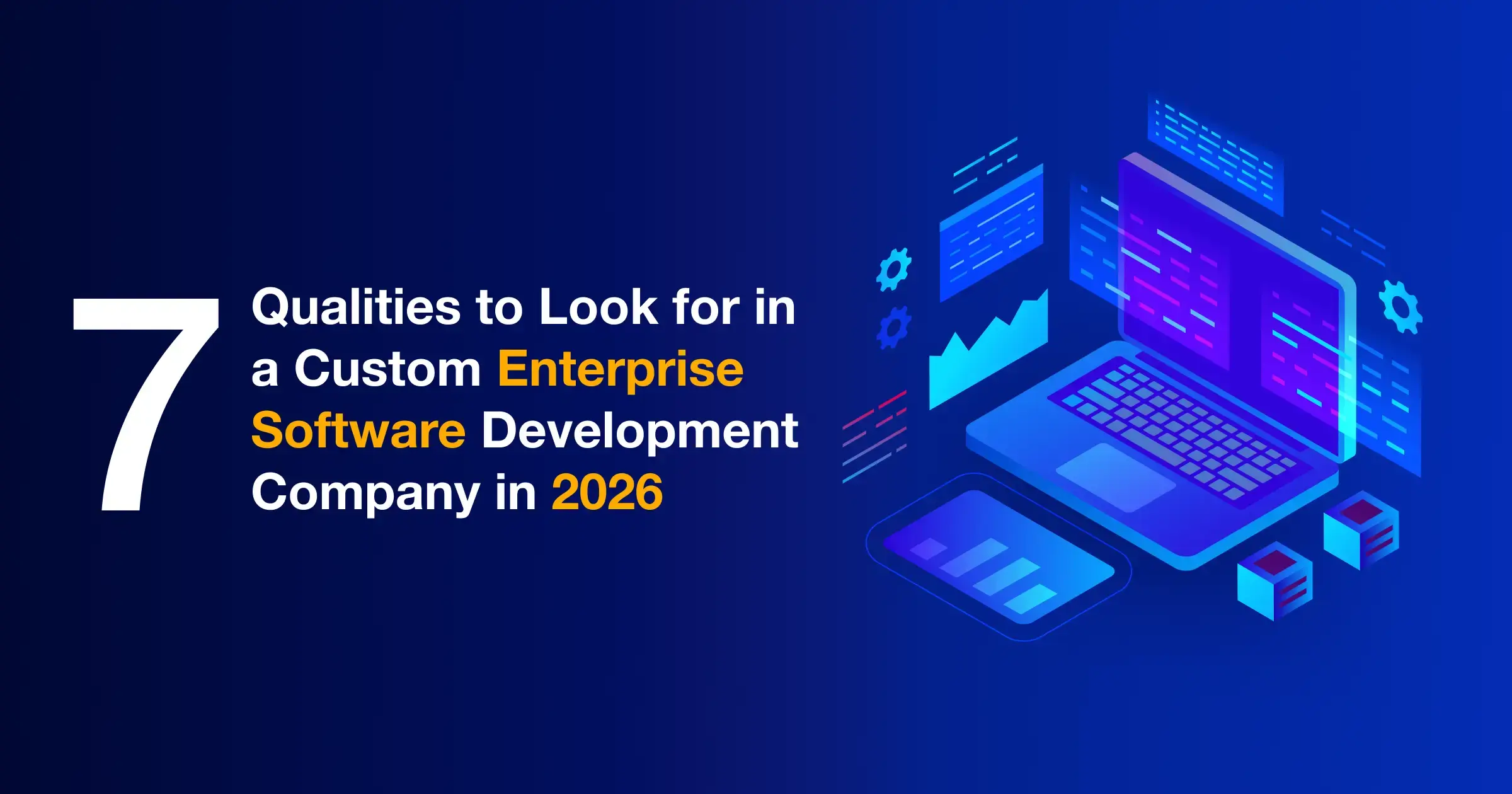
7 Qualities to Look for in a Custom Enterprise Software Development...

How to Find the Best Custom Enterprise Software Development Company in 2026
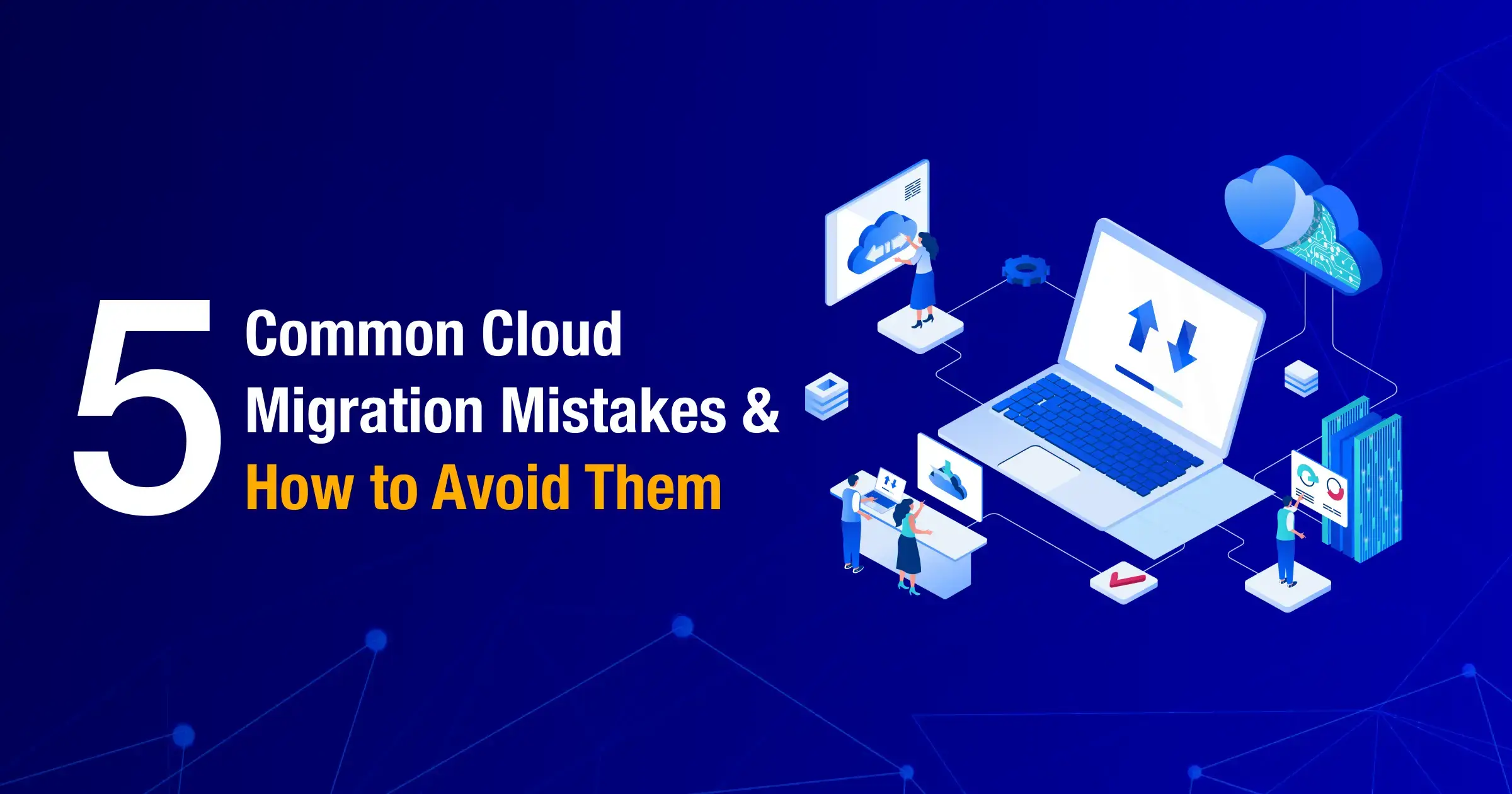
5 Common Cloud Migration Mistakes and How to Avoid Them
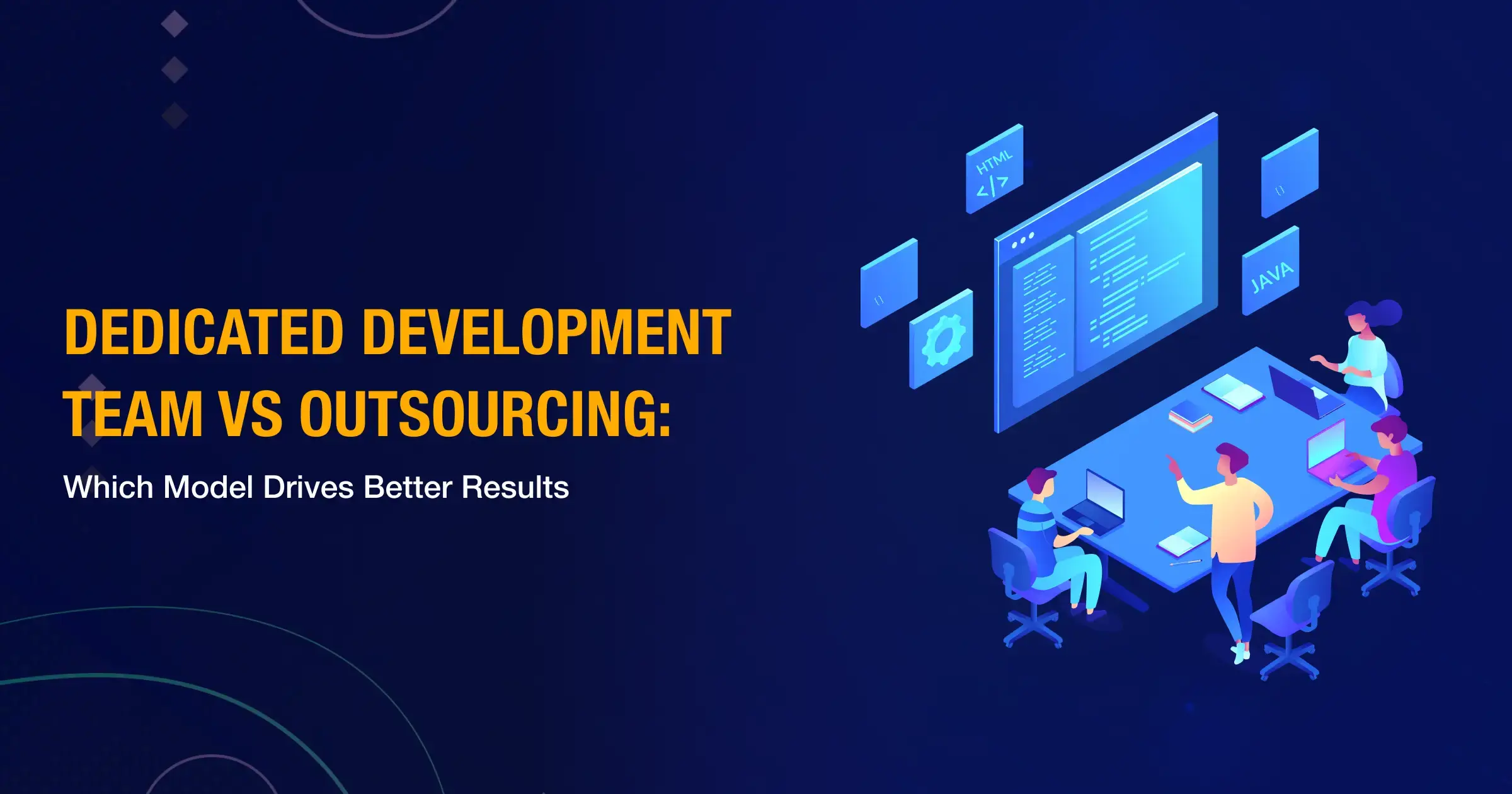
Dedicated Development Team vs Outsourcing: Which Model Drives Better...
We are a team of technology experts who are passionate about what we do. We LOVE our customers. We LOVE technology. We LOVE helping you grow your business with technology.
Our Services
Talk to US